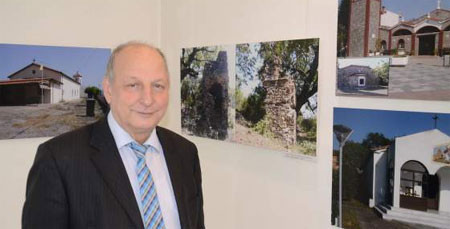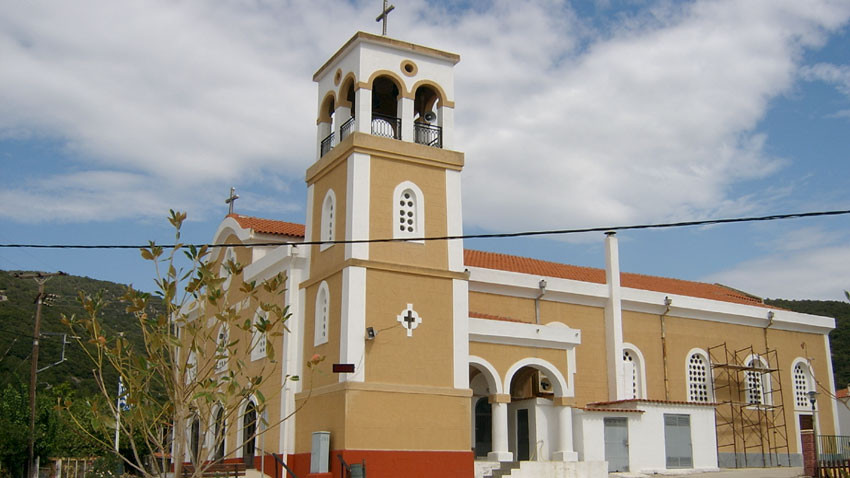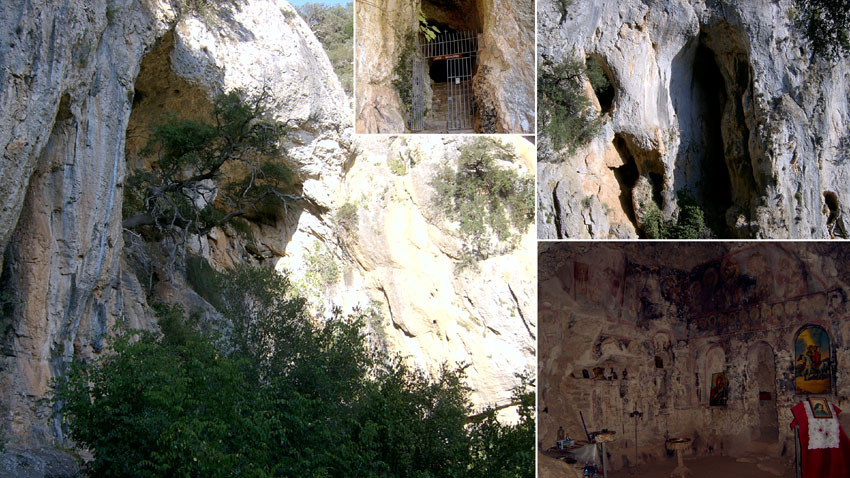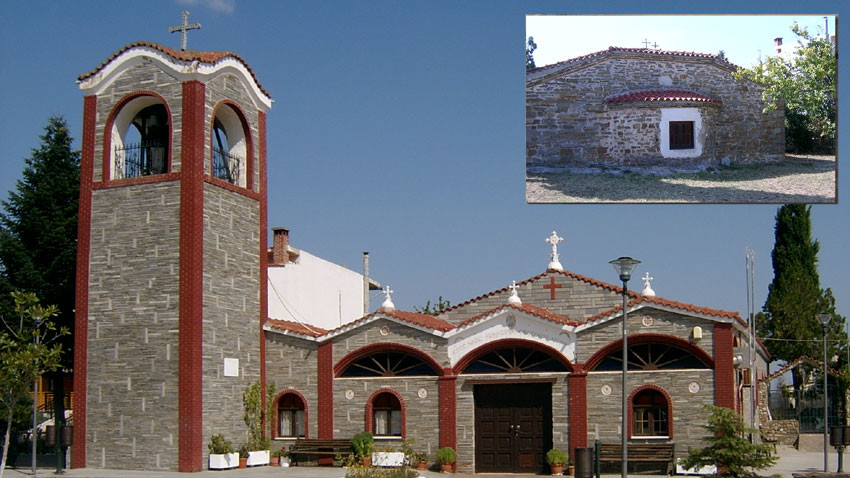They were built by Bulgarians who were members of their congregation. The churches of Aegean Thrace (a historical geographic region, now in Greece) preserved the Bulgarian spirit centuries before the liberation of Bulgaria from Ottoman domination (1878).
Under the 1919 Treaty of Neuilly, Bulgaria was deprived of Aegean and Eastern Thrace, as well as the Western Outlands, regions with a predominantly Bulgarian population. As a result, hundreds of thousands of refugees flooded into Bulgaria. But the Christian churches in these lands have preserved the Bulgarian history and spirit.
 Dimitar Shalapatov is currently municipal councilor in the town of Haskovo, and has been chairman of the local Thracian Society “Georgi Sapunarov” and secretary of the Union of Thracian Societies.
Dimitar Shalapatov is currently municipal councilor in the town of Haskovo, and has been chairman of the local Thracian Society “Georgi Sapunarov” and secretary of the Union of Thracian Societies.
“There are dozens, even hundreds of thousands of people like me, connected with Aegean and Eastern Thrace,” Shalapatov says. “We are descendants of the refugees from this region, known as Thracian Bulgarians. Our love of Thrace, our territory of the spirit, has come down to us from our grandparents who spoke of these lands with so much love in those years when we were unable to visit them. It was their dream to go back to the places where they were born. I myself grew up with the stories I was told by my grandmother and my grandfather. And when I saw the region with my own eyes, I made up my mind to document these events.”
In 2008, at a scientific conference in Kurdzhali, Dimitar Shalapatov presented his “Bulgarian Christian Settlements in Aegean Thrace, and in 2011 his study was included in the illustrated book “Bulgarian Christians Settlements in Western (Aegean) Thrace”. At the beginning of 2018 he studied the history of 35 villages where there are still Bulgarian Christian Orthodox churches.
“Besides the towns and villages there, I also made a study of the churches”, he explains. “And as this year marks the centenary of the Treaty of Neuilly, under which Bulgaria lost Western Thrace I decided to put on display the cultural heritage in these lands.”
That was how the idea came about to show its history in photographs. Some of them - of Bulgarian churches and chapels – have been put together in an exhibition, and a deluxe edition which Shalapatov is donating to libraries across the country. In his words the most beautiful churches include the Great Martyr Haralambos, the Miracle-Worker church in Avas village (formerly called Dervent), consecrated in 1860. The church is an active one and can well rival the church in Alexandroupolis:

“It is the grandest of them all because the village itself is one of the wealthiest in the region. There are a lot of olive groves there, stockbreeding is also very well developed, as is trade.”
When the people of the village were given permission to build a church, it took them just two years to raise the money. In the vicinity of the village there is a rock church – St. Todor – which is more than 1,000 years old. The church in Dogan Hissar also has a rich history:

“It was built in 1935 and preserved its authentic look right up until 1994. It is the church where Captain Petko, known as Voivode was baptized in 1844. To mark the 150th anniversary of his birth, the Greeks themselves decided to renovate it. They built a narthex. At the exhibition I show what it looked like before and after the renovation.”

Dimitar Shalapatov says that there are hundreds of old Bulgarian churches in the region of Aegean Thrace. Some of them are active as churches and in good repair, while others are only used for services on church feast days. Some are, unfortunately, abandoned and utterly run-down. The exhibition features the ones in which the Bulgarian spirit lives on. The author plans to present it in Bourgas, Varna and Plovdiv, where there are large communities of descendants of the one-time Thracian settlers. The exposition is expected to be put on display at the National Assembly in Sofia.
English version: Milena Daynova
Photos: Courtesy of Dimitar Shalapatov
Bulgarian Patriarch Daniil will celebrate the first liturgy in London for the consecration of the new church of the Bulgarian Orthodox community in the British capital - the church of Saint Ivan Rilski. T he church is part of the Bulgarian Embassy..
Every year on February 10, the feast of St. Haralambos , Bishop of Magnesia, is celebrated with special solemnity in a small Bulgarian town in the northernmost part of the country's Black Sea coast . For Shabla and its residents, this is the..
Almost 40 years ago, Bulgarian Orthodox Church communities were established in Western and Central Europe in several cities - Budapest, Munich, Vienna, Stockholm, Malmö, Oslo and Paris. With Bulgaria's accession to the European Union and the expansion..
Bulgarian Patriarch Daniil will celebrate the first liturgy in London for the consecration of the new church of the Bulgarian Orthodox community in the..

+359 2 9336 661
